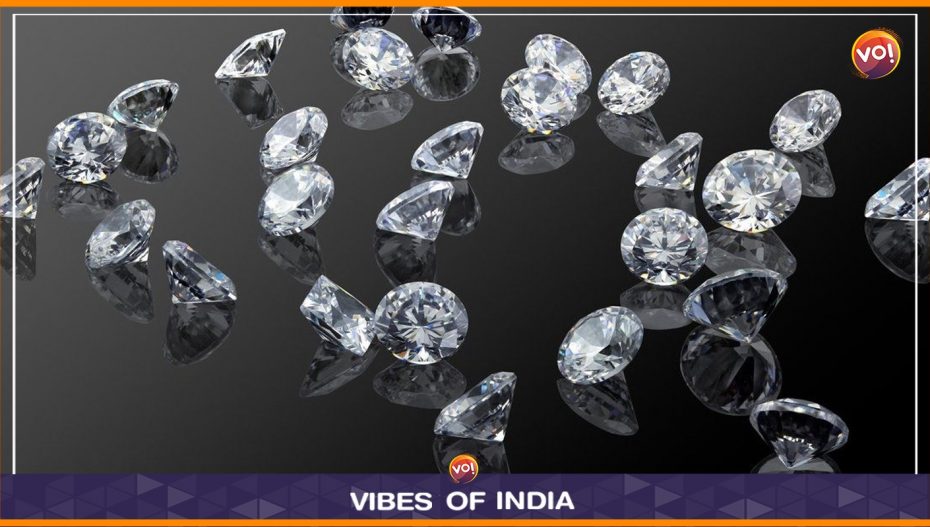During her Budget speech, Finance Minister Nirmala Sitharaman announced the government’s move to focus on lab-grown diamonds (LGDs). She also announced a grant to IITs to facilitate the growth of LGDs in India.
While materials such as Moissanite, Cubic Zirconia (CZ), White Sapphire, YAG, etc. are “diamond simulants” that simply attempt to “look” like a diamond, they lack the sparkle and durability of a diamond and are thus easily identifiable. However, differentiating between an LGD and an Earth Mined Diamond is hard, with advanced equipment required for the purpose.
As the Earth’s reserves of natural diamonds are depleted, LGDs are slowly replacing the prized gemstone in the jewelry industry. Crucially, like natural diamonds, LGDs undergo similar processes of polishing and cutting that are required to provide diamonds their characteristic lustre.
What are lab-grown diamonds?
Lab-grown diamonds are diamonds that are produced using specific technology which mimics the geological processes that grow natural diamonds. They are not the same as “diamond simulants” – LGDs are chemically, physically and optically diamond and thus are difficult to identify as “lab-grown.”
How are LGDs produced?
There are multiple ways in which LGDs can be produced. The most common (and cheapest) is the “High pressure, high temperature” (HPHT) method. As the name suggests, this method requires extremely heavy presses that can produce up to 730,000 psi of pressure under extremely high temperatures (at least 1500 celsius). Usually graphite is used as the “diamond seed” and when subjected to these extreme conditions, the relatively inexpensive form of carbon turns into one of the most expensive carbon forms.
What are LGDs used for?
LGDs have basic properties similar to natural diamonds, including their optical dispersion, which provide them the signature diamond sheen. However, since they are created in controlled environments, many of their properties can be enhanced for various purposes.
Also Read: Gujarat: Indian Coast Guard Celebrates 47th Anniversary













